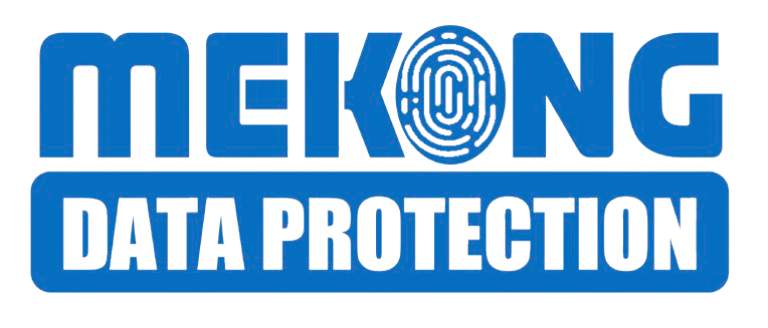10 Common Data Breaches and How to Prevent Them
In today’s digital era, data breaches have become an all-too-common occurrence, affecting businesses, governments, and individuals alike. These breaches can result in stolen personal information, financial losses, and damaged reputations. The good news? Many breaches are preventable with the right precautions. Here’s a look at 10 common types of data breaches and how you can protect against them.
DATA SECURITY
Pheakdey Heng, Ph.D
9/17/20242 min read
1. Phishing Attacks
What is it?
Phishing involves fraudulent emails or messages designed to trick recipients into revealing sensitive information, such as login credentials or credit card numbers.
Prevention:
• Educate employees and individuals about phishing tactics.
• Verify email senders and avoid clicking on suspicious links.
• Use email filters to detect and block phishing attempts.
2. Malware Infections
What is it?
Malware, or malicious software, includes viruses, spyware, and ransomware. These programs can infiltrate systems, steal data, or hold it hostage.
Prevention:
• Install and regularly update antivirus software.
• Avoid downloading files or applications from untrusted sources.
• Use firewalls to block unauthorized access.
3. Weak or Stolen Passwords
What is it?
Many breaches occur because of weak passwords or the reuse of passwords across multiple accounts, making it easy for hackers to gain access.
Prevention:
• Use strong, unique passwords for each account.
• Implement two-factor authentication (2FA) for an extra layer of security.
• Regularly update passwords and avoid sharing them.
4. Insider Threats
What is it?
Current or former employees with access to sensitive data can intentionally or accidentally expose it.
Prevention:
• Limit access to data on a need-to-know basis.
• Conduct background checks on employees.
• Monitor user activity and revoke access immediately when employees leave.
5. Unsecured Wi-Fi Networks
What is it?
Using unsecured public Wi-Fi networks can expose your data to interception by hackers.
Prevention:
• Avoid accessing sensitive accounts on public Wi-Fi.
• Use a Virtual Private Network (VPN) to encrypt your connection.
• Disable automatic Wi-Fi connections on devices.
6. Poorly Configured Cloud Services
What is it?
Many organizations use cloud storage, but misconfigured cloud settings can leave sensitive data exposed to the public.
Prevention:
• Regularly audit cloud configurations to ensure proper security settings.
• Use encryption for data stored in the cloud.
• Implement strong access controls.
7. Outdated Software
What is it?
Hackers exploit vulnerabilities in outdated software to gain unauthorized access to systems.
Prevention:
• Regularly update software and operating systems.
• Enable automatic updates for critical patches.
• Conduct routine security assessments to identify vulnerabilities.
8. Physical Theft
What is it?
Stolen laptops, smartphones, or USB drives containing sensitive information can lead to data breaches.
Prevention:
• Encrypt sensitive data stored on devices.
• Use device tracking and remote wipe capabilities.
• Secure devices with strong passwords or biometric authentication.
9. Third-Party Breaches
What is it?
Vendors, partners, or contractors with weak security practices can be a point of entry for attackers.
Prevention:
• Vet third-party vendors for security compliance.
• Include security clauses in vendor agreements.
• Monitor third-party access to your systems.
10. Social Engineering Attacks
What is it?
Hackers manipulate people into divulging confidential information through psychological tricks, such as pretending to be IT support.
Prevention:
• Train employees to recognize social engineering tactics.
• Implement strict verification procedures for sensitive requests.
• Encourage a culture of skepticism and reporting suspicious activity.
Key Takeaways
While data breaches are becoming increasingly sophisticated, they are also preventable with the right combination of technology, processes, and awareness.
A Quick Recap of Prevention Tips:
1. Educate employees and individuals about cybersecurity threats.
2. Use strong, unique passwords and enable two-factor authentication.
3. Regularly update software and hardware.
4. Encrypt sensitive data both in transit and at rest.
5. Monitor systems and activity for suspicious behavior.
How MCDP Can Help
At the Mekong Center for Data Protection (MCDP), we provide resources, training, and expert guidance to help individuals and organizations strengthen their defenses against data breaches.
• Workshops: Learn how to implement effective data protection strategies.
• Resources: Access best practices and tools to secure your data.
• Partnerships: Collaborate with us to promote a culture of data protection.
Conclusion
Data breaches are not just a technological problem—they are a human problem, too. By understanding the common causes and taking proactive steps, you can significantly reduce your risk of falling victim to one.
Start protecting your data today and build a more secure digital future for yourself, your business, and your community.
Ready to take the next step? Explore MCDP’s resources and join our network to stay ahead in data protection. Together, let’s create a safer digital landscape.
